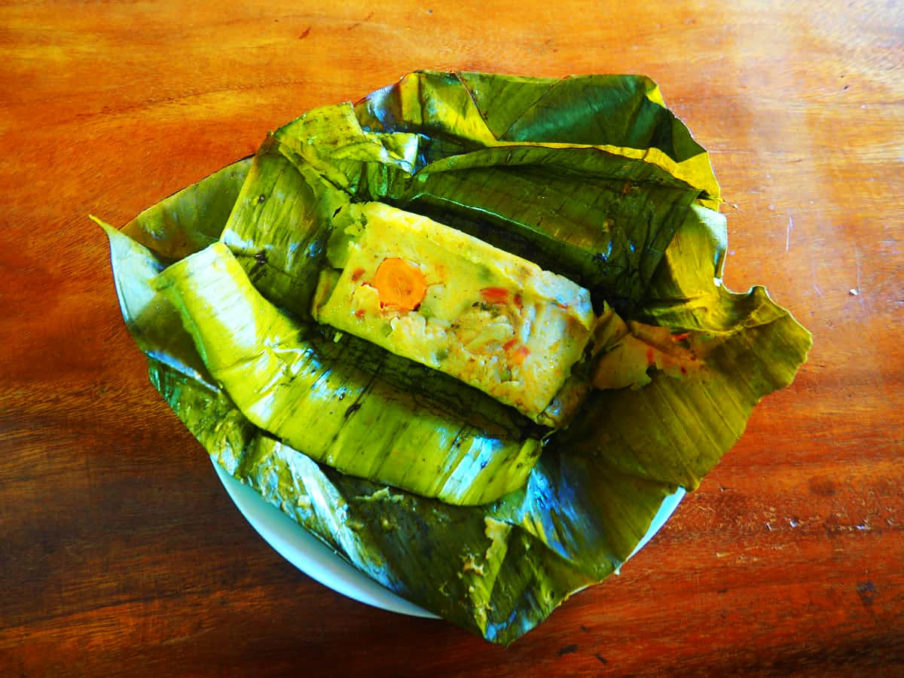
Costa Rican Food, also referred to as Tico Cuisine, is fairly mild, compared to the dishes popular to its neighboring countries. It has less reliance on spices and are geared more towards the heavy use of fresh fruits and vegetables.
This is because Costa Rica’s rich soil and favorable climate allows certain tropical fruits and vegetables to be readily available for consumption. As such, most dishes are made entirely from scratch using only fresh ingredients. Tico cuisine also uses rice and black beans as a staple for every meal.
Here are 9 Traditional foods in Costa Rica you need to try
1. Gallo Pinto
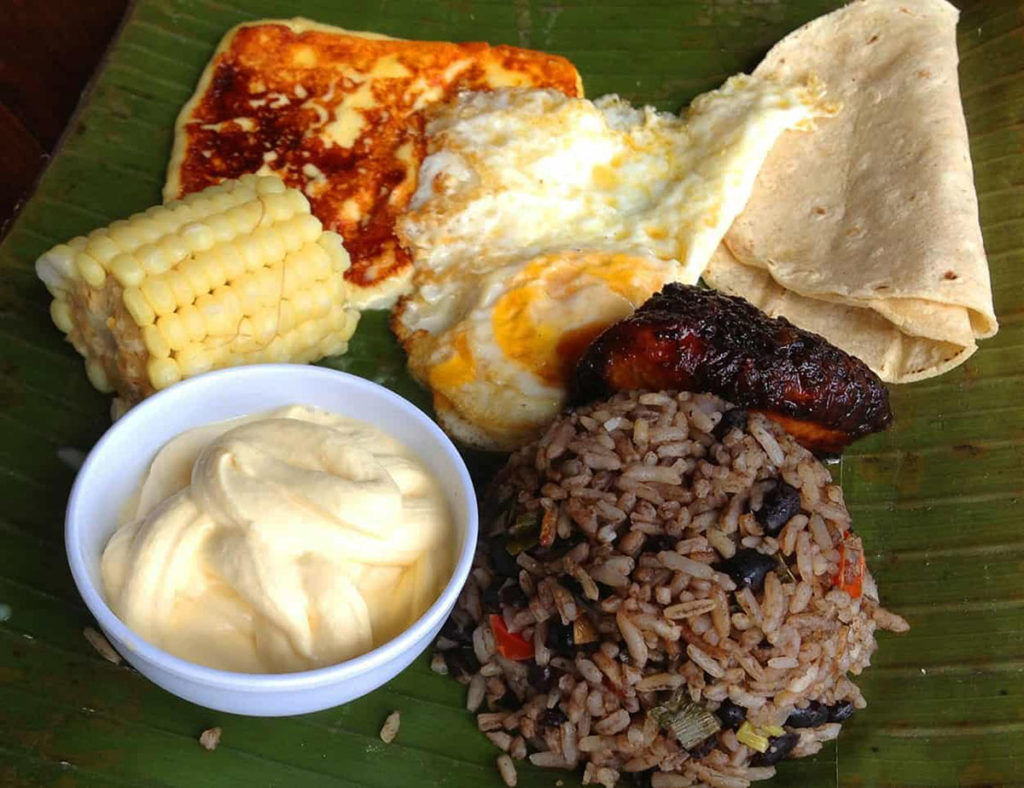
The term Gallo Pinto means spotted rooster in Spanish, which is said to originate based on the appearance of the rice and black beans after being cooked together.
It is traditionally eaten during breakfast, but in Costa Rica, many people eat it any time of the day, or can even be consumed as a side dish. Everyone has their own variation of Gallo Pinto, but main staples are white rice, black beans, onions and peppers.
The white rice and black beans are usually cooked first before being fried together. It is usually served with eggs and yams as side dishes.
The dish itself is pretty much synonymous with being Costa Rican. There is even a local adage that says, “more Costa Rican than Gallo Pinto”, which demonstrates just how important this dish is to Costa Rica.
2. Casado

Casado is the Spanish term for a married man. The term is thought to have originated when people ordering in restaurants would tell the chef to treat them like “casados”, which means to give them a hearty meal that a married man might receive from his wife.
The term could also have been from how its many ingredients are “married” together to form this dish. This traditional Costa Rican meal consists of rice, black beans, salad and tortillas on the side, and is served with at least one type of meat, usually chicken or fish, but beef and pork may also be used.
3. Arroz con Pollo
Arroz con Pollo, or rice and chicken, is a dish that is derived from Spanish paella, and is hence very common in Latin America, including Costa Rica.
The basic ingredients of Arroz con Pollo include rice, chicken, beer, saffron, annatto and sofrito made from sautéed garlic, onions and bell pepper. It is also usually served with freshly grown vegetables, depending on what is in season.
Arroz con Pollo is one of those dishes where each family or restaurant has their own secret recipe. As such, it can be pretty hard to find a standardized recipe. Still, what brings all of these together are already in the name anyway, which is chicken and rice.
4. Tico-style Tamale
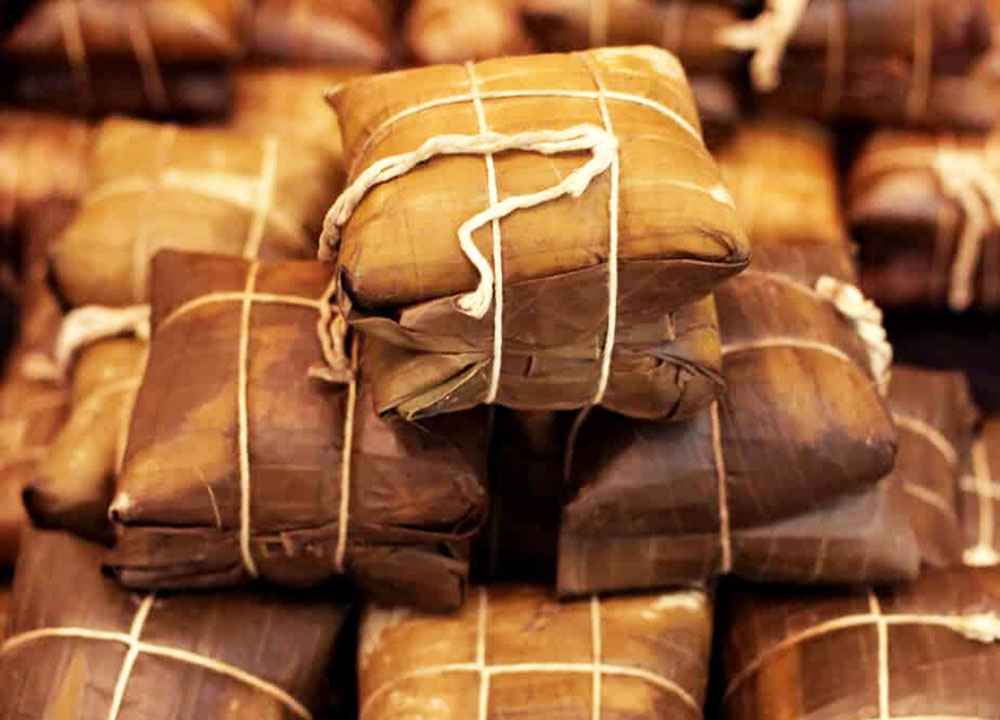
Tamales are another type of dish that has a lot of Spanish influence in it. It did not originate in Spain, but rather was spread by Spain from Central America to the rest of its colonies.
It is very popular in many Latin American countries, and even in places that have been influenced by Spanish culture far from the Americas, like Guam and the Philippines.
Tamales themselves are dish of Aztec origins and is made from corn-based dough filled with meat, cheese, fruits, vegetables, and even spices and chilis.
They are usually served in the banana leaves they were originally stored in. In Costa Rica, Tamales are a traditional food served during Christmas, and usually contains rice, garbanzo beans and potato.
5. Pozole

Pozole, sometimes called posole, is a traditional Mexican soup dish that has become very popular in Latin America, including Costa Rica.
The main ingredients for this dish include hominy, a type of product derived from dried corn kernels, and meat, usually pork or chicken. In Costa Rica, garbanzo beans are sometimes used instead of hominy, creating a low-carb stew.
6. Olla de Carne
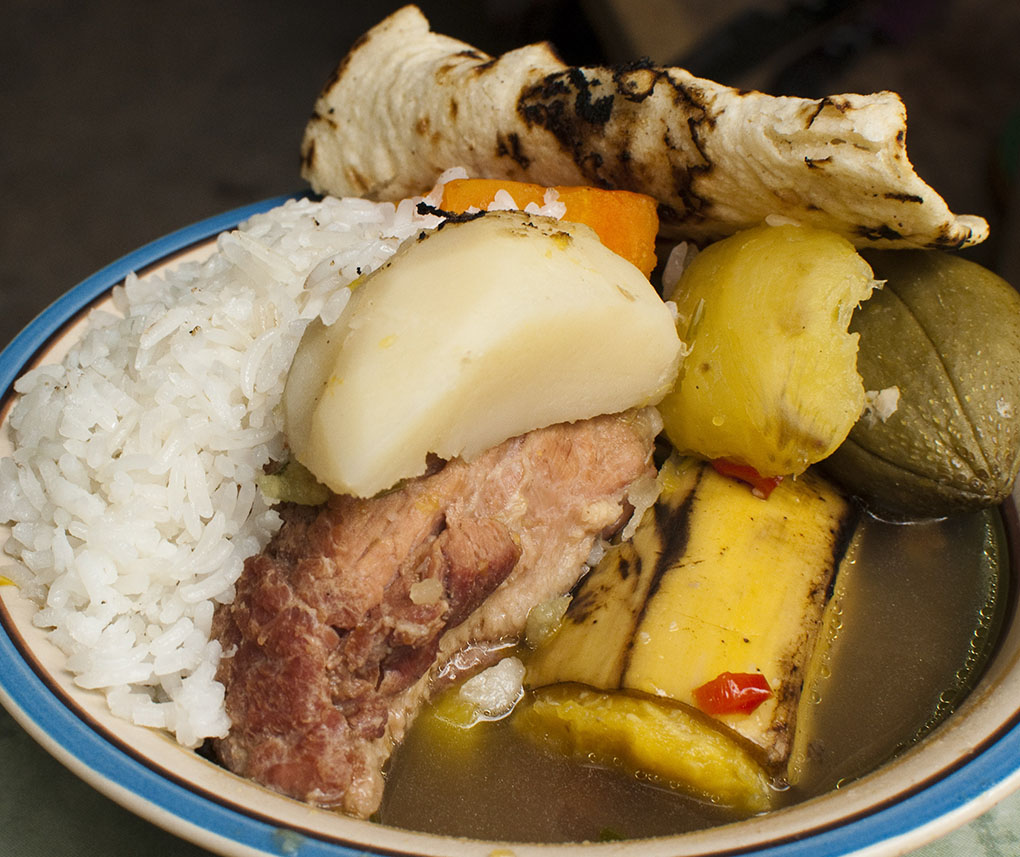
Another signature dish from Costa Rica is Olla de Carne, literally meaning pot of beef. It is a type of beef stew usually served with beef, corn, carrots, cassava, taro, sweet potatoes and rice.
Although olla de carne is a type of beef stew, it is considered by the locals as a totally different dish to beef stew served elsewhere. As such, if you’re looking to try this traditional dish out, make sure you specifically ask for olla de carne.
Olla de carne is typically a dish served during dinner, as a precursor to the main dish.
7. Chicharrones

If you’re looking to have a light snack, instead of going for a bag of chips, you should try chicharrones instead. This is also a very popular snack within Latin America.
It’s a dish consisting of fried pork rinds, usually cooked to a satisfying crunchy consistency. Although traditionally made from pork, variations are also made from chicken meat, beef and mutton.
In Costa Rica, chicharrones are made from pork ribs and are usually served with lime juice or Rangpur. It is also usually served with tortillas. Although it can be eaten on its own, Costa Ricans use chicharrones as the main ingredient to many dishes, including chifrijo and pico de gallo.
8. Chifrijo
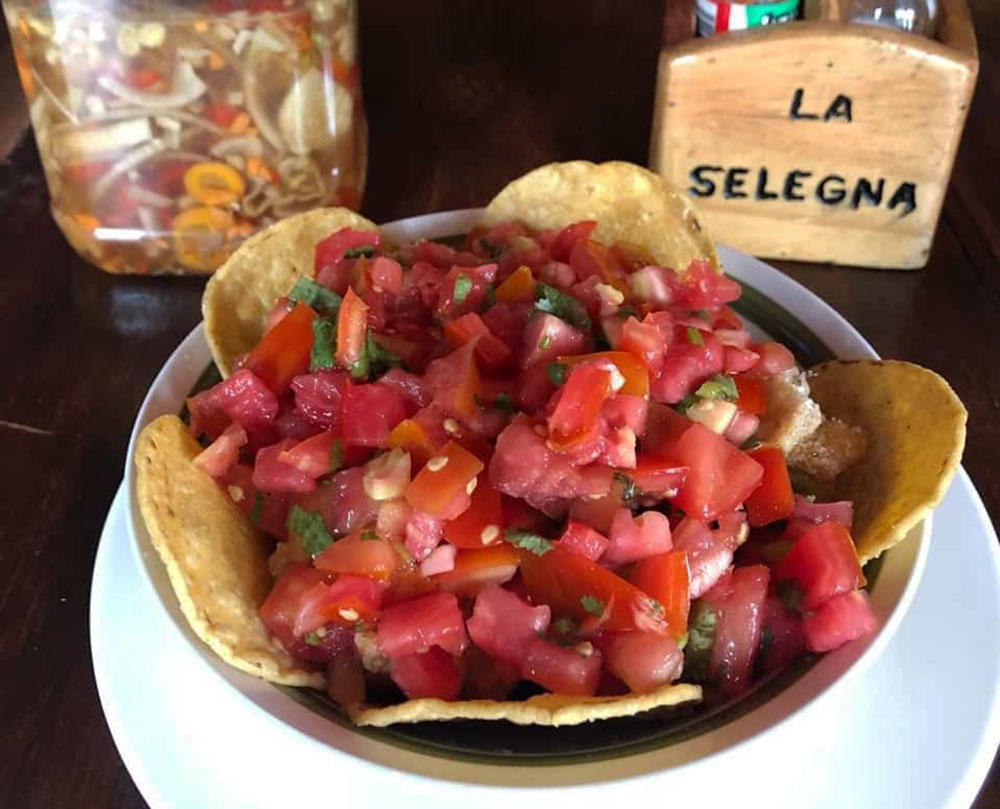
Chifrijo is a traditional food that is pretty much unique to Costa Rica. The word itself is derived from the aforementioned chicharrones and frijoles, which means beans.
In Costa Rica, it is considered a contemporary dish, usually served within bars and canteens as a snack. Chifrijo itself, unlike many other dishes on this article, has only been conceived in the 1990’s by Miguel Angel Cordero Araya as an appetizer in one of his bars.
Despite this, however, it has become an indelible part of Costa Rica’s culture. The dish consists of white rice, beans, chicharrones and tortilla chips mixed together and served inside a bowl.
9. Sopa Negra
The black soup of Costa Rica is made from, what else, black beans! It is said that the indigenous people of southern Mexico grew it and it was the Aztecs who distributed them throughout the continent.
Sopa Negra pretty much embodies Costa Rica’s love for beans. The soup is made from a distinctly black or dark brown colored broth, which is produced when the beans themselves are cooked.
It is usually served with hardboiled or poached egg, and is eaten with corn tortillas on the side.
Final Thoughts
Many Costa Ricans value food as a vital aspect of their culture, with many of their traditional celebrations being centered around meals. Tico cuisine has had many influences from various cultures, including Aztec, Chinese, Spanish, Italian, African and even other Latin American cuisines.
It is due to these influences that Costa Rica has a wide variety of food to choose from and there is something for everyone even those have a more discerning palate to enjoy.

